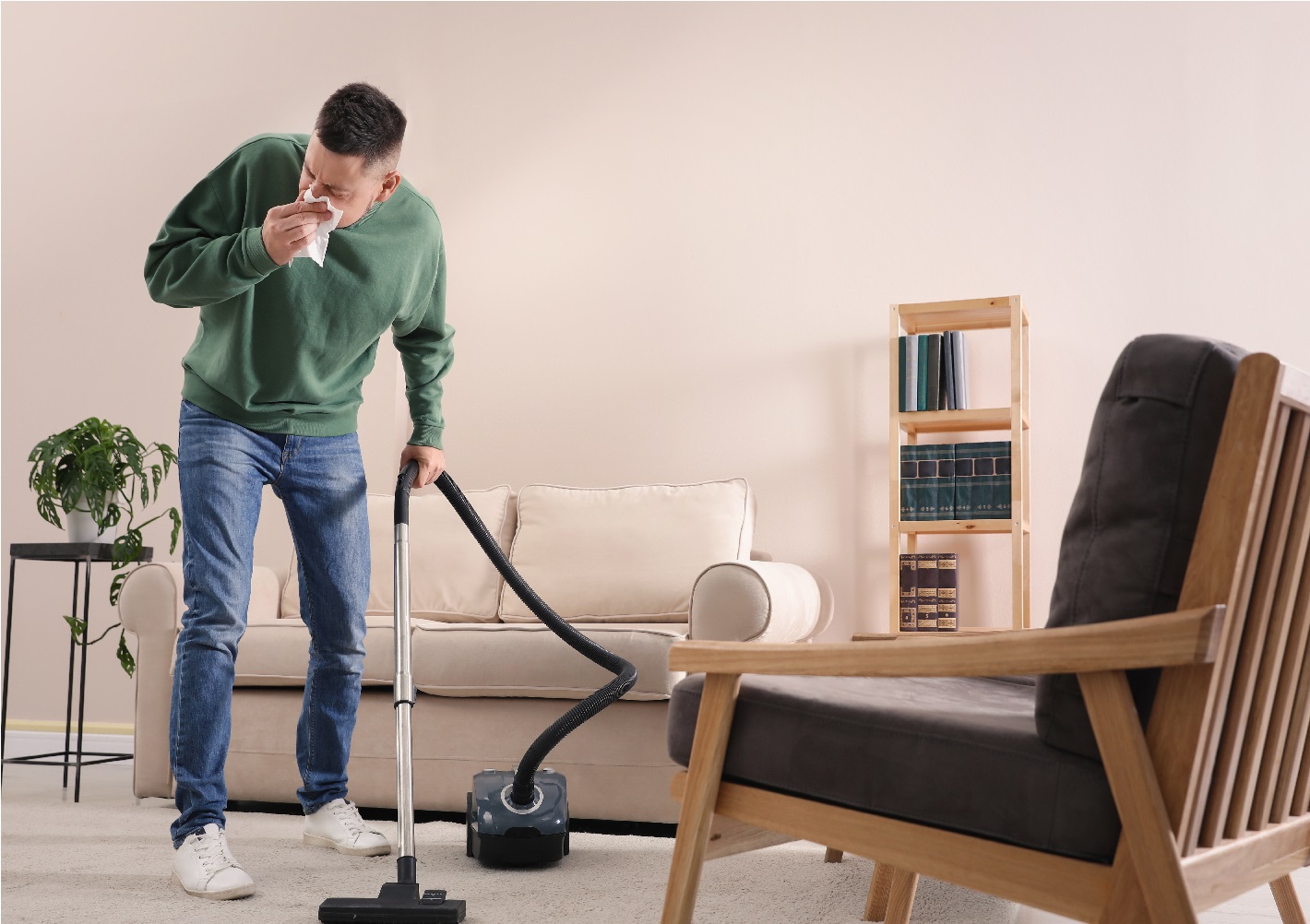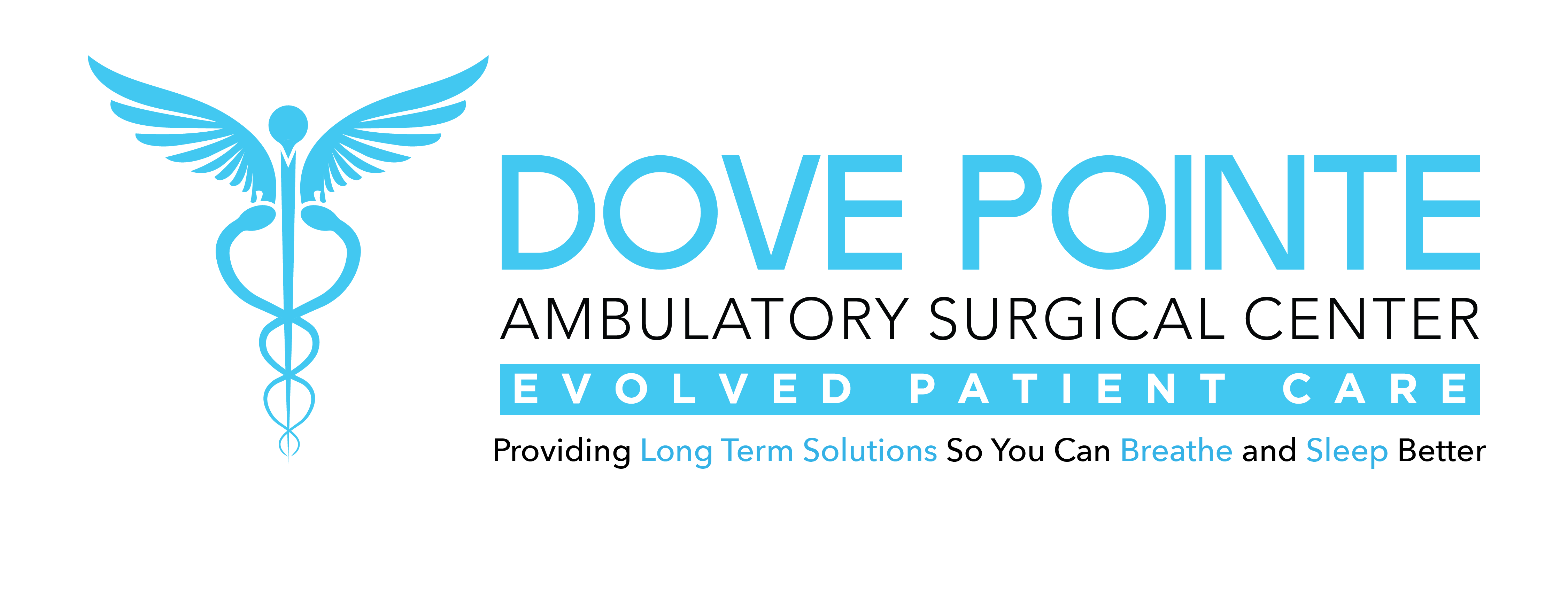If you're allergic to outdoor allergens, you’re probably familiar with how to relieve some of the symptoms, but what about those sneaky allergens that can dwell within your home?
Plenty of allergens can hide indoors, causing you plenty of sneezing, coughing, and discomfort. The good news is that your local certified McAllen physician assistant Jonathan Lerma, and his sinus relief team at the Glatz Group at VALLEY ENT, know all about the top hidden allergy triggers that can exist inside your home and what you can do about them.
1. Get Dust Mites Out of Your Sight
Microscopic dust mites live on dead skin cells shed by us and our furry friends. They are generally to blame for allergy symptoms, and these little bugs can hide everywhere in your home where dust builds up like hard surfaces, tabletops, bookshelves, and hardwood floors.
In addition, dust mites love warm, humid areas, which make soft surfaces where you sit and rest good hiding spots. These include bedding, carpets, rugs, and upholstered furniture. Curtains hide dust mites, too.
To get rid of dust mites and reduce dust mite allergy:
- Vacuum your home frequently.
- Wash rugs and curtains frequently.
- Dust regularly.
- Run a dehumidifier to eliminate moisture from the air.
2. Take Care of Your Pets While Taking Care of Yourself
Pet allergens go beyond just dander and fur. Those who are allergic to pets may also allergic to their saliva and urine. Sadly, you may have to get rid of your pets depending on the severity of your allergies, but if your allergies are manageable, take efforts to minimize pet allergens in your home by:
- Washing your pet along with their bedding and toys every week.
- Asking if someone else can clean up your pet’s waste.
- Washing your hands after petting your little furry friend.
- Keeping your pet outside of your bedroom.
3. Make Your Bed Safe to Rest Your Head
You spend a lot of time in your bed, and it just so happens to be a prime spot for household allergens. Dust mites and pet allergies gather in your mattress, sheets, and pillows.
Get rid of these allergens by:
- Covering your mattress and pillows in an allergen-proof protective cover.
- Using a protective cover on your comforter. If it isn't washable, protect it with a zipped cover that blocks any air from getting in.
- Washing all your bedding weekly in hot water, at least 130 degrees, and dry it on the hot setting.
4. Get Rid of Mold From Your Household
Mold spores are common indoor allergens. Your bathroom and kitchen are primary spots where mold spores tend to germinate, but any area that's damp or where there’s standing water or leakage can grow mold.
Get rid of mold by:
- Fixing any water leaks or issues in your home to prevent mold growth.
- Running a dehumidifier in any humid area in your home.
- Making sure there's good airflow in rooms that get the most moisture.
- Cleaning any mold off with a bleach and water solution.
It also helps to refrain from putting carpeting in moist or humid regions.
5. Kick Cockroaches to the Curb
Cockroaches can crawl into any home, leaving behind droppings and skin sheddings that can set off your allergies. They usually find their way into your home through cracks and holes, openings around your doors and windows, and sometimes through the plumbing.
These resilient critters are not exclusive to a dirty home. In fact, any home with a food and water source--even non-food items like clothing and paper--can be a paradise for a cockroach.
Keeping a tidy kitchen sink and floor free from foodstuffs and water and sealing up all of their entrances, however, can help you get rid of your cockroach, and allergen, problem.
6. Smoke is No Joke
Aside from the more obvious dangers that smoking presents, tobacco smoke can make your allergy symptoms, and asthma, much worse. While the smoke itself may be a primary irritant, many in the medical field also believe it may be due to an allergy to any of the many harmful chemicals that are present in each inhale.
The bottom line, however, is that you shouldn't smoke or let others smoke inside your home or vehicle if you have allergies that stem from cigarette smoke--and for primary health concerns as well. The smoke settles in your furniture, carpets, and curtains for a long time, and this can mess with your airways and worsen other allergies in the process over a long period of time.
7. Keeping Outside Allergens Outside
Pollen can float its way into your home through the slight breeze that accompanies you inside, your clothes, your hair, and your pet’s fur, making the time you spend indoors unbearable. By the same token, if you leave your windows open or let your laundry air-dry outside, outdoor allergens will gladly invite themselves in.
Reduce outdoor pollen exposure by:
- Keeping your windows shut and run your air conditioner.
- Changing clothes after having been outside, and take a shower immediately.
- Drying your laundry indoors.
- Washing your pets regularly to wash away any pollen.
8. Take Care of Your Air...Quality
Clearing out the sources of allergens is the best way for you to ensure that the air in your home is clean. Make sure your vacuum has a HEPA air filter to catch tiny particles of allergens and search for air conditioner filters that are able to filter them out as well.
In fact, don't start your car in the garage if the garage is attached to your home, and don't keep chemicals like pesticides inside your home. These fumes these objects produce can aggravate your airways and worsen allergy symptoms.
Get All the Answers to Your Allergy Questions at VALLEY ENT With the Glatz Group
If you are still struggling with allergies after following these tips, it may be time to pay a visit to your McAllen ENT to discuss your options for relief.
Despite COVID-19 concerns, we want to remind our guests that we are doing everything possible to maintain health standards in our office for the safety and wellbeing of you and our staff.
The use of telemedicine has allowed us to address 90 to 95% of our patients’ allergy symptoms without an in-person meeting, but we also take online consultations, phone calls, and in-person visits as well.
Let the Glatz Group at VALLEY ENT help you address your allergies to these hidden allergens by scheduling a consultation today.



